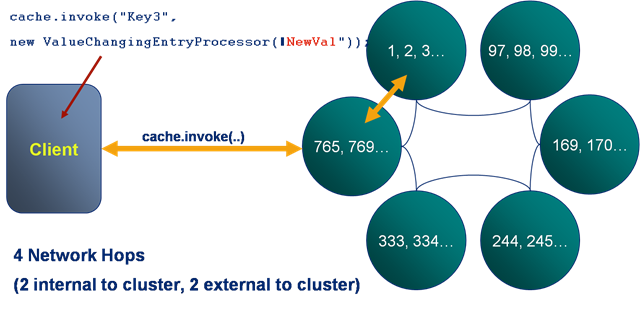

This is a pretty simple technique and Charlotte’s example explained it well - which was a study done on two separate groups attending an auction. This social behavior is all about influencing the things that are on the back of a consumer’s mind. “We ‘anchor’ on the first piece of information we see” is the core message of Arbitrary Coherence. The performance of this campaign increased the number of bookings the hotel received due to its cleverly thought out nudging marketing technique aimed towards the Social Proof behavior. In fact, a hotel client specifically used a campaign slogan stating “people who stay here reuse their towels because they care about the environment,” nudging the viewers of this advertisement that those who stay at that hotel are those who care about a bigger cause. With many hands raised, she continued to explain how something so small like reusing towels can be used as a marketing technique. She brought down the “please reuse towel” card and asked the audience how many reuse their towels. Charlotte used a clever example during the keynote. Information is still beneficial but advertisers can make bigger and better changes by taking part in an “everyone’s doing it” type nudge.

You know what to do because everyone else is doing it.” - This is Social Proof.įurthermore, the behavior behind social proof can be used as a marketing tool of persuasion, specifically with the right kind of “nudging.” Charlotte encourages this nudging technique because it can influence behavior in ways other than just giving information. Immediately, your mind drops everything else, and now your most important task is pulling off your shoes before you take another step on your hosts’ immaculate floor. Out of the corner of your eye, you spot a pile of shoes in the entranceway - heels, dress shoes, boots. Then the door opens, the hellos begin, and suddenly, there’s a powerful distraction. As you ring the bell, you rehearse the next few moments - explaining who you know, why you’re there, where you’ll place the bottle of wine you’re holding. “You arrive at a party at an unfamiliar home. Here’s an example of what Social Proof is from Maritz’s site: Charlotte talks about how “fitting in” is something most all humans aim for and is what a lot of society, and rituals in that society, are based on. Basically, this behavior is the silent impulse humans have to conform to what others are doing around them. “We tend to base our behavior on what others are doing,” is the core message behind the behavior of Social Proof. This keynote recap will review what Charlotte called “nerd nuggets.” These nuggets help brands understand the natural behavior of consumers as well as how these behaviors can be used as marketing techniques and strategies.

This 45-minute consumer behavior lesson had the attending brands buzzing about the new ways they could implement what they had learned.
#Arbitrary coherence how to
Blank’s insight gave the attending advertisers and publishers tips on how to better connect with consumers in a landscape that is becoming more and more consumer-centric. Her keynote dives into how consumers think and behave on a conscious and subconscious level. Results have implications for relational self-organization in the establishment of complex combined networks.Charlotte Blank, Chief Behavioral Officer of Martitz, speaks to the “science of people” at the 2018 Rakuten Marketing affiliate network event, DealMaker New York. Results support the successful merger of the merged coherence class but not the merged non-coherence class. For the other participants, we attempted to establish a class merger between 2 members of each non-coherent class (Non-coherence condition king = pepper and queen = salt). In Phase 3, for half of the participants, we attempted to establish a class merger between 2 members of each coherent class (Coherence condition salt = pepper and king = queen). Separation of the classes within the geometric space was observed. In phase 2, we established 4, 4-member equivalence classes using a linear training arrangement, where each class included 3 arbitrary symbols and 1 known word. Non-coherence was observed between the arbitrary symbols and coherence between the known words (SALT=PEPPER, KING=QUEEN). In phase 1, we examined the pre-experimental relatedness of 12 arbitrary symbols and 4 known textual words (SALT, PEPPER, KING, QUEEN).

Phases 1 and 2 were identical across the participants and Phase 3 differed based on group assignment. Distance was modelled geometrically using a multidimensional scaling procedure. We extended prior work on Relational Density Theory (Belisle & Dixon, 2020a,b) by evaluating the role of pre-experimental coherence among relational classes on the development of merged classes.


 0 kommentar(er)
0 kommentar(er)
